Mongolian Name Generator
Our mongolian name generator will generate random names for you. Each time you press one of the two buttons, 10 new mongolian names will be displayed.
Mongolian names are very meaningful. They can represent the person’s personality, their occupation, and their family lineage.
The first part of a Mongolian name is called the “eke”. It is usually a word that describes the person’s personality or occupation. For example, if someone is named after a horse it means they are very brave and strong. If someone is named after a bird it means they are intelligent and clever.
The second part of a mongolian name is called the “toli”. It tells you who their parents were and what clan they belong to. For example, if someone has the last name “Tumenjargal” then that means that their parents were from the Tumenjargal clan and they belong to that clan as well.
Common Mongolian Names
- Ankhbayar
- Batbayar
- Batu
- Temüülen
- Khulan
- Altantsetseg
- Bilgüün
- Tögöldör
- Otgonbayar
Mongolian First Names
- Batbayar
- Dölgöön
- Gantulga
- Ganbold
- Uyanga
- Enkhjargal
- Ganzorig
- Solongo
- Ankhbayar
- Lkhagvasüren
Mongolian Family Names
- Ganbaatar
- Bayarsaikhan
- Ganbat
- Altangerel
- Lkhagvasüren
- Baatar
- Batsaikhan
- Dorj
- Jargalsaikhan
- Batjargal
Popular Ancient Mongolian Names
The most popular ancient Mongolian names are
- Batu Khan
- Genghis Khan
- Khubilai Khan
- Kublai Khan
- Ariq Boke
- Mongke Khan
- Ogodai Khan
- Tengiz Khagan
- Zhenjin (Chinggis) Khan
How are Mongolian names written?
Mongolian names are traditionally written in the Mongolian Cyrillic alphabet. In Mongolia, the official language is Mongolian and most people use this alphabet to write Mongolian words. There are 31 letters in the Monglian alphabet, with three additional letters added in 2018 to write loanwords from other languages.
Mongolians Surnames
Yes, Mongolian people have surnames. In Mongolia, a person’s surname is a patronymic that is derived from the person’s father or mother. For example, a man named Ganzorig would have the name “Ganzorigi” while his son would take the name “Ganzorigii.”
Famous Mongolian people
Mongolians have a rich history of culture and tradition that is shared with other neighboring countries. For example, Mongolia has a long history of Buddhism and Shamanism that influences other countries in the region. One of the most famous Mongolians is Tsagaan Khad, who was a shaman and Buddhist monk from the 13th century. He was an influential figure in spreading Buddhism to Tibet and China during his lifetime. Other famous Mongolian people include:
- Sukhbaatar: The first Prime Minister of Mongolia after it became independent from China in 1921
- Zorig: The first President of Mongolia
- Battulga Khalt
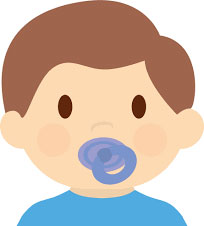
Popular Mongolian baby boy names
Mongolian baby boy names are usually composed of two or three syllables. The first syllable is usually a vowel, and the last syllable ends in either a consonant or vowel.
The most popular Mongolian baby boy names are:
- Batzorig
- Batsaikhan
- Davaadorj
- Khishigbatar
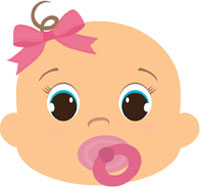
Popular Mongolian baby girl names
The most popular Mongolian baby girl names are:
- Aranhuu (meaning “graceful”)
- Arkhai (meaning “good”)
- Bayanhongor (meaning “beautiful”)
- Bichigt (meaning “pretty”)
- Dalai (meaning “wisdom”)
- Erdene (meaning “jewelry”)
- Gantulga (meaning “lucky star”)
How to find a good Mongolian name
If you are looking for a good Mongolian name, there are some things that you should know.First, Mongolian names usually consist of two parts. The first part is the given name and the second part is the family name.
Second, it is not necessary to use both parts of your given name when naming your child. You can use just one or even three names if you like!
Third, when deciding on a family name for your child, make sure it matches with their gender and birth date. For example, if they were born in the year of the dragon (which has auspicious connotations), then you might want to give them a dragon family surname or vice versa.
If you need more inspiration, try our mongolian name generator.
Mongolian Names Pronunciation
Some words/phrases
Mongolian is the official language of Mongolia. It is a member of the Mongolic languages, which are part of the larger group of Altaic languages. Mongolian has been written in many scripts, including Cyrillic, Latin, Arabic and traditional Mongolian script.
The word for “hello” in Mongolian is Өхөр хүндэсний байдлыг тольдоо (Öhöör hünäsny baidlig toltoö). The word for “goodbye” in Mongolian is Өхөр даставын ба
Dialects
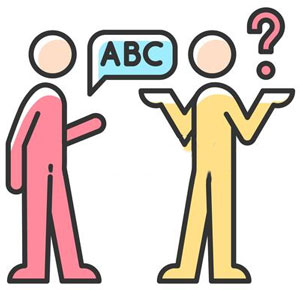
The Mongolian language is a language spoken in Mongolia and across several other countries in East Asia. It belongs to the group of Mongolic languages.
Mongolian has three major dialects, namely Khalkha, Oirat, and Southern Mongolian. These three dialects are all mutually intelligible.
Southern Mongolian is the most widely spoken dialect of the Mongolian language in China’s Inner Mongolia Autonomous Region and it’s one of the most widely spoken minority languages in China.
Customs
Mongolian customs are quite different from other customs in the world. One of the most important Mongolian customs is that they always greet each other with a smile. They are also very hospitable and generous.
Culture
The Mongolian culture is a nomadic society that is at the intersection of Eastern and Central Asia. The Mongolian culture is very different from other cultures in the region because it has been heavily influenced by its nomadic lifestyle and its proximity to Russia.
Mongolia was once a communist country under the Soviet Union’s control and as such, its culture was heavily influenced by Russian culture. Mongolia also shares a border with Russia so there is some overlap between their cultures. This means that Russians have had more of an impact on Mongolia than on any other country in the region.
Food
To give you a taste of Mongolian cuisine, here are some popular dishes.
Boodog – Boodog is a dish that originated in Mongolia. It is traditionally eaten with hands and consists of mutton, rice, carrots, onion, garlic and other spices. It can be eaten as a meal or as an appetizer to accompany drinks.
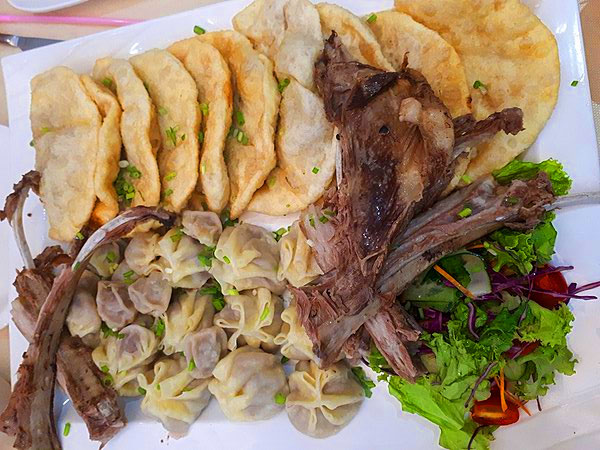
Mongolian barbecue – Mongolian barbecue is another popular dish in Mongolia that can be found on most menus. It consists of lamb or mutton that is cooked over an open fire and served with onions and soy sauce.
Khorkhog – Khorkhog (or khorkhög) is another Mongolian dish that consists of boiled meat like beef or mutton served with noodles and vegetables like carrots, cabbage or onions.
Alphabet
The Mongolian alphabet is a writing system that was developed in the 16th century in Mongolia to write the Mongolian language.
The Mongolian alphabet is considered an abugida, which is a type of alphasyllabary. It has 45 letters and 17 vowel symbols. These letters are written from left to right and their shapes are based on the Uyghur script. The first nine letters represent vowels and the rest represent consonants.
Traditions
Mongolian culture is rich with tradition. One of the traditions is called “Khuriltai” which is a gathering where Mongolians gather to discuss about the future of their nation.
Another tradition is “Oirad” which is a form of nomadic pastoralism. The Mongolian people are known for their nomadic lifestyle and they travel around Mongolia in search for food and water. They move to different areas based on the season and then return back when it gets too cold or when there isn’t enough food to feed themselves anymore.
The Mongolian people also have an interesting tradition called “Tsagaan Sar”. This tradition celebrates the new year by wearing red clothes, eating dairy products, and visiting relatives.
Grammar and Language
Mongolian is a language that is considered to be the most difficult in the world. The country has over 100 dialects and no written form.
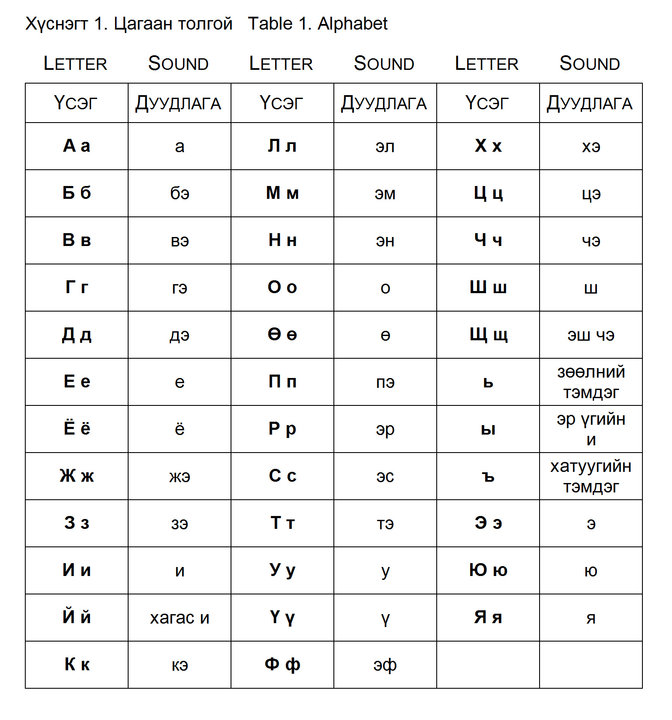
The Mongolian language is one of the most beautiful languages in the world. The country has over 100 dialects and no written form. The Mongolian language is just as rhythmic as poetry when spoken aloud.
The Mongolian language is one of the oldest languages in the world. Its dialects have been passed down from generation to generation and shared across a vast country with no written form. The Mongolian Language, though not a written language, is rich in rhythm and beauty.
What Are The Most Popular Mongolian Names?
The Mongolian culture is a nomadic culture that has been migrating for centuries. This means that there are many different Mongolian baby names. There are also many different meanings for each name.
One of the most popular Mongolian baby boy names is Khishigten because it means “good horse”. This is a meaningful name to the nomads because they rely on their horses for survival. One of the most popular Mongolian baby girl names is Khadag because it means “good fortune”. This is a meaningful name to the nomads because they believe that it brings good luck to their family and herd.
What is the Meaning Behind Mongolian Names?
When Mongolians choose a name for their child, they consider many different factors. The first is whether or not the child will have a nickname. If so, then it is important that the nickname also has meaning.
The next consideration is whether or not the child will have more than one name. If so, then it is important that these names have meaning as well because Mongolian culture does not allow for nicknames in this situation.
The last consideration is whether or not there are any family members with the same first and last name as the baby.
How do Mongolian people greet each other?
Mongolian people greet each other by saying “Sain bain uu”. This means “hello”.
Do Mongolians only have one name?
This is a common misconception. Mongolians have names which can be used as first or last, and also use patronymics. For example, Chinggis Khaan’s first name was Temujin, but he is referred to as Genghis Khan.